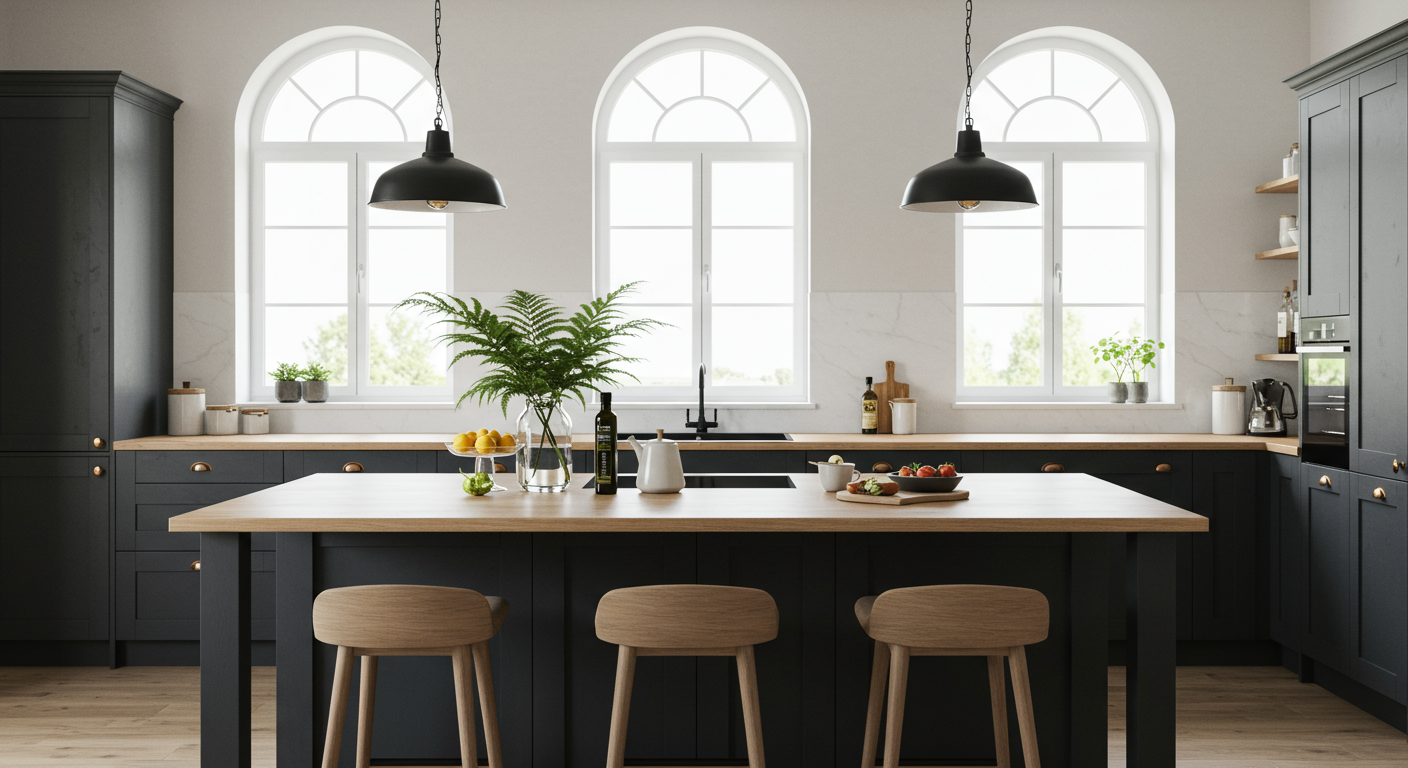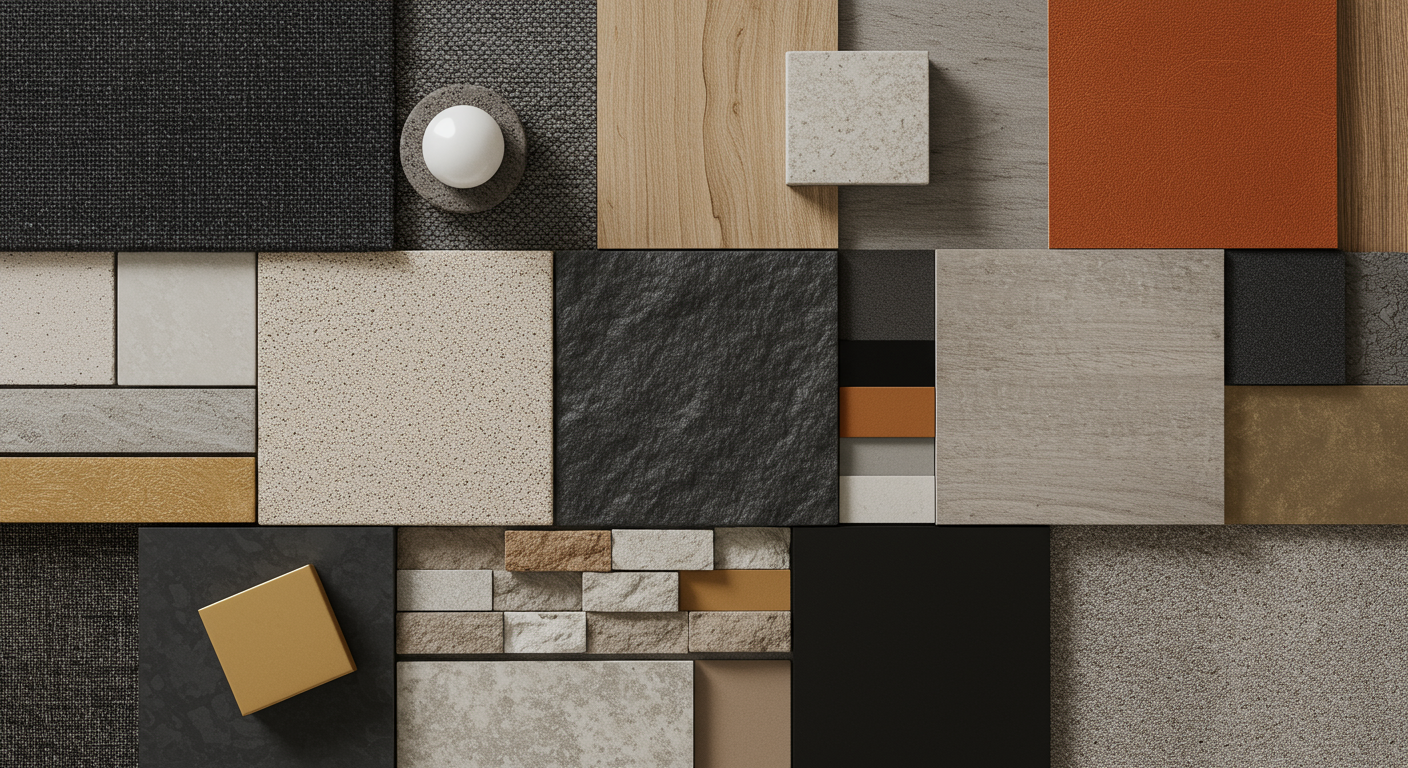The decision to remodel and upgrade your home is easy, in theory. But for many homeowners it can be a hands-on class in Murphy’s Law. So, let’s start with two powerful adages:
1- In engineering school, I learned that a problem well defined is half solved. What this means for your remodel is, plan it, draw it up or have it drawn up by a professional and, for major jobs, consider building a model. You need to see 3D, not just a flat, floorplan layout. You may be surprised that some things you didn’t consider may end up creating problems or making the end result less desirable than you were expecting. Proper planning can give you the opportunity to fix these problems before the work begins, when all you lose is a piece of drafting paper and some time.
2- Any good journeyman carpenter will tell you that rule number 2 is “measure twice; cut once.” Know that the dimensions of doors, windows, cabinets, cooktops, and other appliances are not malleable. If you’ve only got 44-3/4 inches to work with, don’t plan on “shoe-horning” a 45-inch, five-burner cooktop into that space. In reality, you’re going to need space for the unit, and some blank space surrounding it, so that your 45-inch unit may require 55 inches of counter, or even more, if you want some food-prep space adjacent to it. These types of little, teeny, but insurmountable obstacles should show up in your plans and architectural drawings. If it’s a smaller, DIY project, you just might paint yourself into a corner by not investigating and planning thoroughly. In a pinch, you can construct a model using Lego blocks or even sugar cubes.
Next comes design. Some folks, regardless of formal training, just have a knack for this and some of us, even with experience and training, just don’t. Take our creative manager, Angela. She can visualize and plan these projects with uncanny panache. Then there’s me… I can tell exactly how bad the plan was, about two-thirds of the way through the project, when it’s too late.
So, back to engineering school. Let’s define the problem and check all the preparation boxes. Follow these seven steps and you'll improve your results as well as the overall experience:
Find your design influence, your theme.
Focus on your desired style, so you can start researching ideas to create a consistent design theme.
Before getting started, ask yourself, "What style do I want?" Do you like a modern, traditional, transitional, contemporary, rustic, glam', or a minimalist look? It’s tempting to just grab all the ideas you like and force them together, when they may look like a complete hodgepodge when you’re done. It may help to look at what others have done, by cruising open houses in your area, or by consulting with specialists. Go to a few kitchen or bath stores and see what the professionals have put together. Don’t pick your cabinets by looking at one sample door panel; draw it up, so you can see what an entire wall of them will look like, and you just might change your mind.
"What is the current style of my home?" That awesome French Provincial kitchen that you saw while vacationing in Tuscany may look completely out of place in your modern California home.
"What is your desired color palette?" Do you like light, bright, airy, vibrant colors, patterns, or dark and sultry?
"What is the material finish I want?" There are lots of options, so make sure everything blends. You’ll want to create consistency.
Make sure everything works cohesively - not juxtaposed or eclectic, unless of course, that’s the look you’re going for!
Get inspired.
Many of us are visual learners. Pictures from Architectural Digest or specialty remodelers’ brochures, allow us to envision exactly what we want and don’t want. Grab a magazine from your favorite interior design store or simply go on their website.
Pay attention to details when you're out and about, at family or friends' homes, retail stores, restaurants etc. Take pictures of what you like. You just might find yourself visiting the home of friends who have exactly the kitchen design you want… except that, in practice, it either looks hideous, or simply doesn’t work.
Make a design board! Our favorite tool for this is Pinterest. You can share access, add comments, and engage with anyone involved. We recommend creating a board for each room you will be remodeling i.e., 123 Main Street Master Bathroom & 123 Main Street Kitchen.
Figure out your budget. You simply won’t believe how quickly you can make a plan that costs three times what you’re prepared to invest.
You work hard for our money and knowing your budget will help you to identify important renovation priorities and logistics. Once you know your budget, you will know if you can complete the work in one phase or need to approach the project in multiple phases.
You will also have a handle on how to allocate or prioritize for more expensive finish materials like appliances, flooring, hardware, light fixtures, or high-end cabinetry and hardware.
Determine your level of involvement.
Consider the sign on the wall at my mechanic’s shop:
Labor $85 per hour
$95 if you watch
$150 if you help
Depending on your experience & comfort level consider additional help.
If you have the knack, you may be able to save money by not hiring a designer or contractor. Of course, if you only think you have the knack, you might give yourself ulcers and end up allocating more money and more time in the long run. That really gets back to the whole defining the problem adage. More importantly, as Mr. Eastwood opined, “A man (or woman) has got to know their limitations.” It can be exciting and incredibly rewarding to roll up your sleeves and get involved. Just make sure you’re not biting off too much.
Get the best help and try not to focus on price.
Most of us will only do this once or twice. Make sure you hire the best help or consultants that will deliver the result you are looking for. The designer with the lowest bid is no bargain if they can’t replicate your vision. Ask for referrals from friends, family members, or your real estate team that can vouch for workmanship. Also, ask any designer or contractor that you're thinking of hiring, to show you examples of their work.
Make your timeline.
Whether you hire a contractor, project manager or designer, you may need to make your timeline yourself. Make sure your timeline works with your personal life, not just with the scope of the project. It really sucks if you’re hosting the family for holidays and the work isn’t finished. And having the workmen running power tools and swinging hammers while your newborn is down for a nap, well, ‘nuf said.
Try to enjoy the process.
It can be overwhelming and there may be unexpected things that come up, but expect trouble and roll with the punches. See the end from the beginning and assume there will be multiple setbacks. That way, you’re prepared for the worst case and you’ll be ecstatic when it isn’t a complete nightmare. No joke, look past the obstacles and start imagining the rewards ahead of time. Try to enjoy the noise, because you can’t avoid it.
It will all be worth it in the end.







